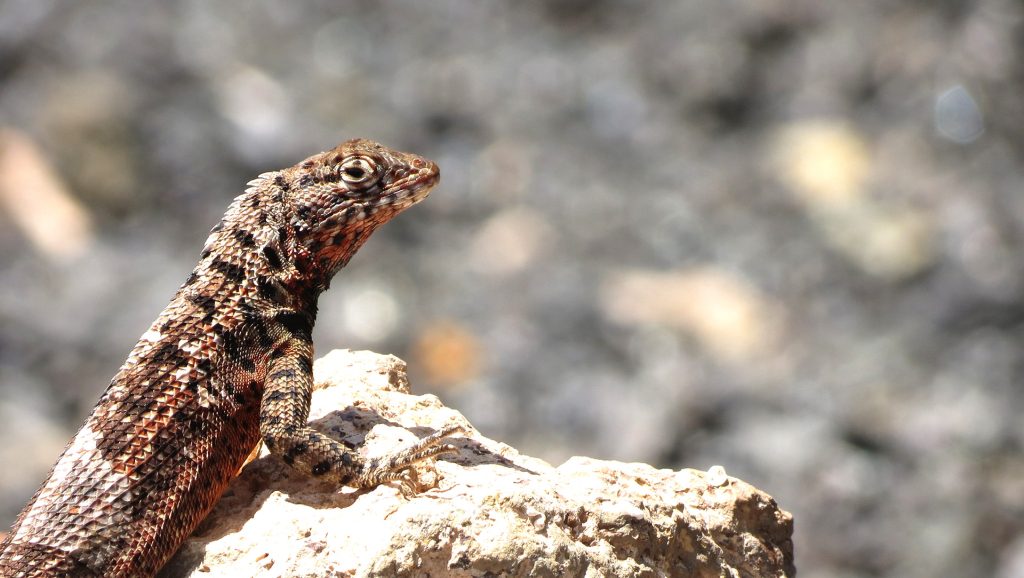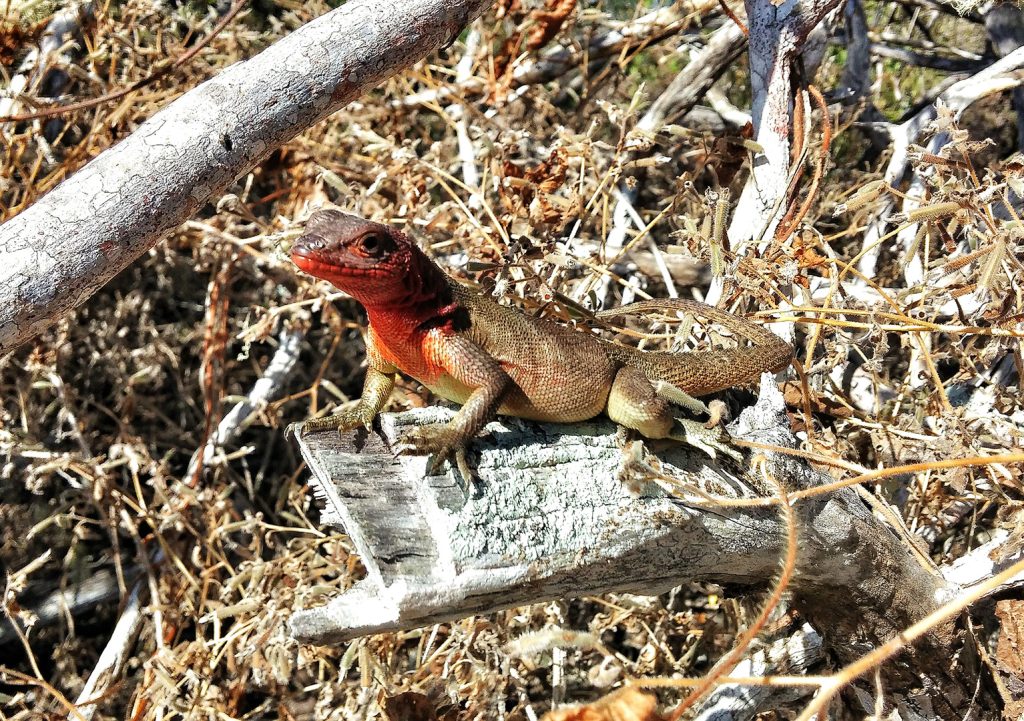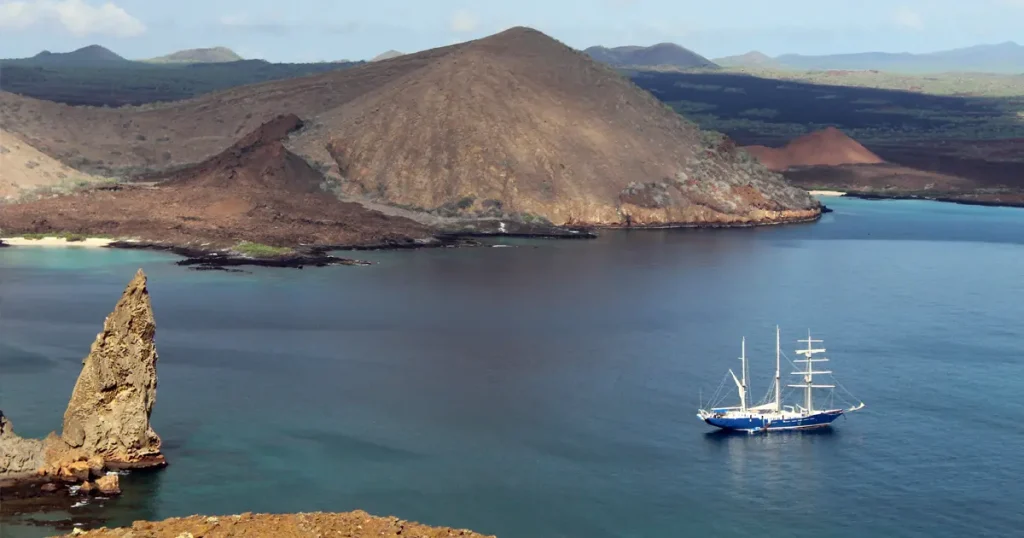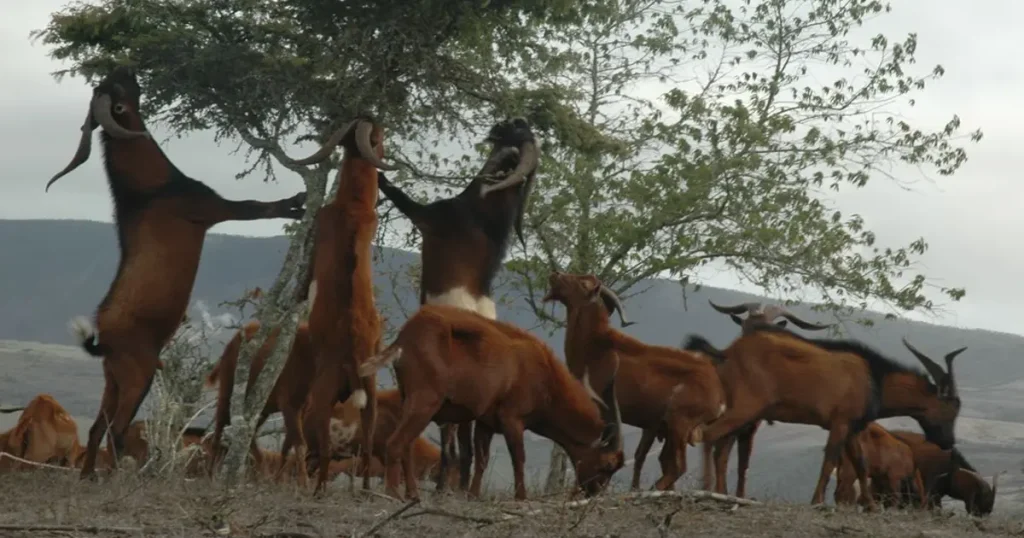Lava Lizards: Endemic Treasures of Galápagos
Date: 6/26/2023

Galápagos is renowned for its immense scientific value and unique biodiversity. Within this captivating archipelago, seven endemic species of lava lizards (Microlophus spp.) play a vital role in the island ecosystems. These lizards are distributed across all the islands and islets, typically adapting to coastal and lowland areas but also found on the summits and even inside the craters of the higher volcanoes.
The average lifespan of lava lizards is around ten years, but they face various natural predators, including herons, snakes, hawks, and owls. They seek refuge in natural shelters, such as under fallen logs, rocks, shrubs, and cacti, and will shed their tails to protect themselves. According to the IUCN Red List, lava lizards are classified as species of “Least Concern,” indicating stable populations and no immediate threat of extinction.
Lava lizards are a wonderful example of adaptive radiation, in which one ancestral species rapidly diversifies into different species as it colonizes new habitats. They have developed remarkable adaptations to survive in Galápagos’ volcanic landscapes. Their coloration and scaly texture allow them to blend seamlessly among the lava rocks, protecting them from predators. These adaptations, however, can vary among the different species.
Lava Lizards © José María García
Crucial to Galápagos ecosystems, lava lizards contribute to the pollination and seed dispersal of native and endemic plants, aiding in their reproduction, and help control insect populations. Furthermore, they are food for birds and other predators within the food chain.
While lava lizard populations are not currently threatened, it is crucial to continue monitoring their status and take measures to ensure their conservation. Potential threats to their future include the introduction of invasive species, ecosystem degradation, and climate change. Conservation of lava lizards and their habitats, as well as all native and endemic species in Galápagos, relies on the collaboration of all stakeholders, protection of key areas, and promotion of environmental education and sustainable tourism in Galápagos.
Lava lizards are endemic treasures of Galápagos, and while their current population status remains stable, it is crucial to continue protecting and conserving these species to ensure long-term survival. The lava lizards of Galápagos remind us of the importance of safeguarding this archipelago’s valuable natural treasures so they can continue to charm locals and visitors alike and contribute to the healthy dynamics of Galápagos’ ecosystems.

Las Lagartijas de Lava: Tesoros Endémicos de Galápagos
Galápagos es reconocido por su inmenso valor científico y su biodiversidad única. En este fascinante archipiélago se encuentran siete especies de lagartijas de lava (Microlophus spp.), especies endémicas que desempeñan un papel esencial en los ecosistemas insulares. Estas lagartijas se distribuyen en todas las islas e islotes. Generalmente, se adaptan a las zonas litorales y bajas, pero en los volcanes más altos también se las encuentra en la cumbre e incluso en el interior de sus cráteres.
Poseen una vida media de alrededor de 10 años y deben enfrentarse a diversos depredadores naturales, incluyendo garzas, culebras, cucuves y gavilanes. Para protegerse, utilizan refugios naturales como troncos caídos, rocas, arbustos y cactus. Según la Lista Roja de la UICN, las lagartijas de lava se clasifican como de “Preocupación menor”, lo que indica que su población se mantiene estable y no está amenazada de extinción a corto plazo.
Las lagartijas han desarrollado notables adaptaciones para sobrevivir en los paisajes volcánicos de Galápagos. Su coloración y textura escamosa les permiten camuflarse entre las rocas de lava, brindándoles protección contra los depredadores, además estas adaptaciones varían según la especie.
Las lagartijas de lava son importantes para los ecosistemas de Galápagos, debido a que contribuyen a la polinización de plantas nativas y endémicas y a la dispersión de sus semillas, ayudando a su reproducción. Además, dentro de la cadena alimenticia sirven como presas para aves y otros depredadores.
Aunque las poblaciones de lagartijas de lava no se encuentran amenazadas, es importante seguir monitoreando su estado y tomar medidas para garantizar su conservación. La introducción de especies invasoras, la degradación de los ecosistemas y el cambio climático representan amenazas potenciales para su futuro.
La conservación de las lagartijas de lava y su entorno depende de la colaboración de todos. Es necesario proteger áreas clave, fomentar la educación ambiental y promover el turismo sostenible en Galápagos. Al valorar y respetar estas especies únicas, aseguramos que las generaciones futuras también puedan apreciar su belleza y contribución a la dinámica de los ecosistemas de Galápagos.



